While we absolutely love getting the shot, it’s equally important to educate photographers on how to “leave no trace” while they’re on public lands.
It’s easy to see influencers flock to the California poppy fields, sparking wanderlust and earning likes and followers, and wonder if the only way to be relevant is to frolic among the poppies. We’re here to say no. There is a way to respect public lands and still get Instagram worthy shots.
You’ve probably seen LNT or “Leave No Trace” in comments or groups and thought, “I hike a lot and don’t litter” so I must be fine. And while it’s true that these are good things, they are not all of the Leave No Trace principles. In this article, we’ve asked Lauren of South of Indigo Photography, an avid explorer and volunteer at the Leave No Trace Center to explain what LNT actually entails. And perhaps more importantly, she’ll explain how to follow those principles when you’re shooting.
After all, our goal is to preserve these places so that everyone that experiences the outdoors gets to see it at its best. Take it away, Lauren…
Photographer: Lauren Jackson
A Mini History of Leave No Trace
So, here’s a little of the backstory. After noticing increased impacts on trails, the US Forest Service developed the Seven Principles of Leave No Trace in the 1960s. The idea behind the principles was to leave nature as unchanged by human presence as possible, so the future generation can enjoy it too. In essence, the purpose of Leave No Trace is to keep the wilderness wild.
So why are so many just now learning about this? Because that’s the GOOD of social media. The more people on social media who talk about Leave No Trace, the more people know about it and (hopefully) learn how to follow its principles.
Why is Leave No Trace important and why is it being written about on the Dirty Boots Messy Hair blog?
Let’s take Lake Elsinore as an example. You might’ve heard about it under a different name – ‘the superbloom’. If you can look back just a few years ago you can find photos of how freely both wildlife and vegetation grew in the area. And then social media happened. The Canyon Walker Poppy Fields were eventually roped off and only opened for one month a year as a trending spot for everyone to see. Below are photos taken ‘before’ and ‘after’ people trampled on the poppies, went off trail to ‘get the shot’ and eventually created new trails where future poppies will not be able to bloom.
Photographer: World’s Okayest Hiker
Why does Leave No Trace matter for photographers?
Ok now let’s get to why this information is important to us photographers…
WE get to experience some of the most beautiful places on the planet.
WE are the ones whose photos showcase what nature looks like to others – including future clients and photographers.
WE are the influencers.
Not everyone knows about LNT principles. And this is why we, as photographers, should uphold the Leave No Trace principles. Because our work is seen by others. Because our work influences what’s trendy. Because others deserve to see how beautiful nature is, too.
After working for a primitive camping company for the past two years, I have been Leave No Trace certified for a little over a year. I’m still learning. This is not a blog post condemning anyone. As an elopement and adventure wedding photographer really getting started into my dream career, I spend majority of my time recommending locations, hiking, and suggesting ideas to clients. This includes making personalized “outdoor guides” for my couples and educating my clients on how to treat the outdoor spaces before and while we are shooting. This includes safety and packing recommendations. Even though I don’t know it all, I want to minimize my impact on this beautiful planet and help others do the same.
As more and more people chose to hike and camp in wilderness areas, lessening our impact is becoming even more crucial. We can see that with Horseshoe Bend. It’s been loved to death by large crowds, garbage and environmental damage over the course of just a few years. In order for us to keep enjoying that amazing experience we all need to learn a bit more about how to be responsible hikers and campers.
Photographer: Lauren Jackson
What dos following Leave No Trace principles look like for photographers?
It looks like picking up the litter you notice while out scouting locations or shooting. It looks like refrain from geotagging your exact location while in a National Park (ex: if you’re at Glacier Point in Yosemite, just tag Yosemite National Park).
This helps others appreciate the land more when they have to find certain spots for amazing photos themselves. They appreciate it more and therefore will take care of it. It looks like packing out what you pack in. Yep, that includes loose petals from bouquets or even pieces of food (like apple cores). It means educating yourself on the type of terrain you’re shooting on and staying on the trail.
Don’t walk on crypto in Moab, tundra in Rocky Mountain, or alpine meadows near Rainier. Learn what these look like so you can walk safely on the trail and still get amazing photos of your couple.
The Seven Principles of Leave No Trace
Plan Ahead and Prepare
- Research where you’re going, scout beforehand and know what you might come across
- Apply for the permits you’ll need for photographing
- Have an alternate location in case of extreme weather
- Get there early in highly popular places like Horseshoe Bend or Taft Point
Travel and Camp on Durable Surfaces
- Concentrate on using existing trails when hiking to your location
- If you must explore off trail, keep yourself on durable rock
Dispose of Waste Properly
- Pack it in, pack it out.
- Pick up trash on the way if you happen to spot any on the trail, even if it’s not yours – it will be a good example for your clients
- If you must “go”, dig a 6-8 inch deep cathole and pack out any toilet paper. Actually, here’s a link to all the bathroom talk for your reading pleasure.
Leave What You Find
- Leave rocks, plants and other natural objects as you find them
- Don’t care into trees or paint the rocks
Minimize Campfire Impacts
- Use established fire rings, fire pans, or mound fires
- Burn all wood and coals to ash, put out campfires completely, then scatter cool ashes
Respect Wildlife
- Observe from a distance
- Never feed animals
- Store rations and trash securely
- Control pets at all times
- There have been quite a few incidents in Yellowstone where the wildlife had to be killed because someone fed a bison or bear. Don’t be that person that causes the death of 20+ bison because you wanted to feed one a French fry. This causes them to become dependent on humans as a main food source and therefore become aggressive.
Be Considerate of Other Visitors
- Just because you have a camera at hand and you’re photographing a couple does not mean that others should get out of your way. They are there to enjoy the scenery as well.
- Let nature’s sounds prevail. Avoid loud voices and noises.
All of this to say, don’t be fearful of your every step while in the wild. I’m here to tell you to touch the trees, smell the flowers, run wild, and be one with nature that is not at risk. Be creative and look for different spots on Google Earth Pro or go drive down that dirt road. Explore and find the less touristy spots then keep them as your hidden gems. Take responsibility and uphold the Leave No Trace principles and educate others to do the same. Take responsibility for the places you’re shooting and the photos your sharing so that your epic, Instagram worthy photos don’t inspire others to degrade the land. Be the reason another person stays on the trail and loves what makes the wilderness wild.
Article written by: Lauren Jackson
Connection is what it’s all about. Feel free to reach out to us with any comments or questions you might have, even if it’s only to say hello. If it wasn’t for our beautiful community, this place just wouldn’t feel the same.
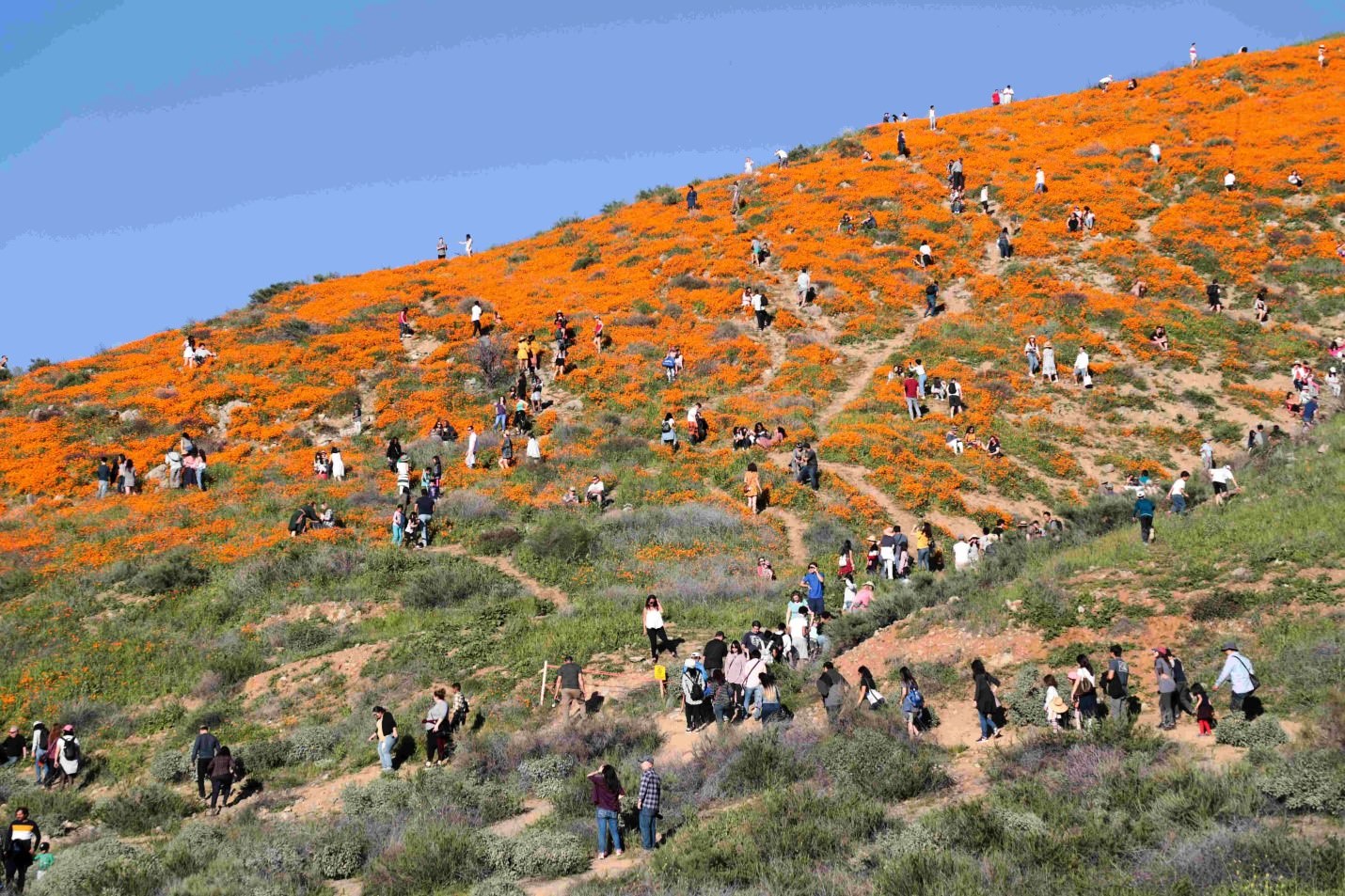

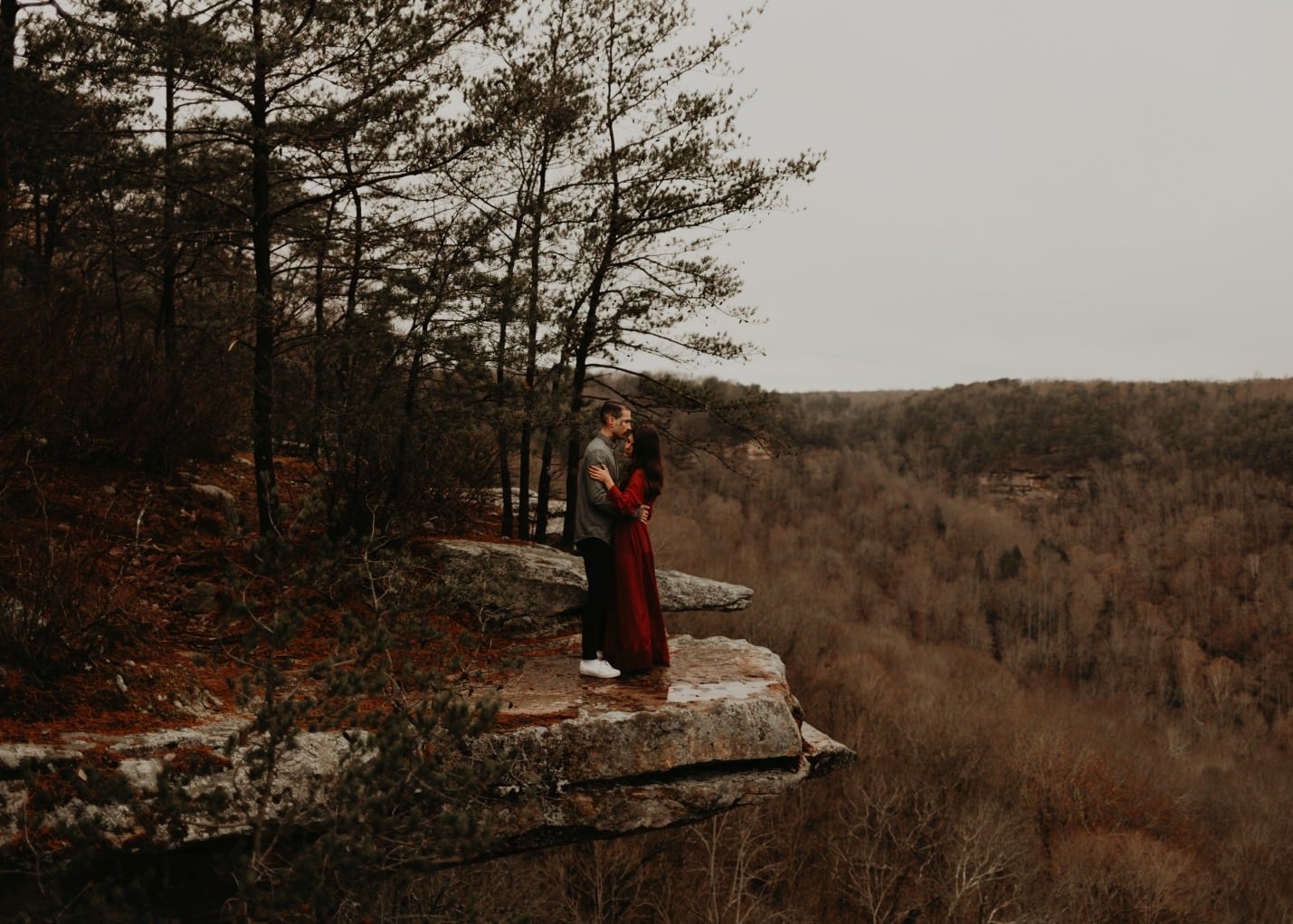

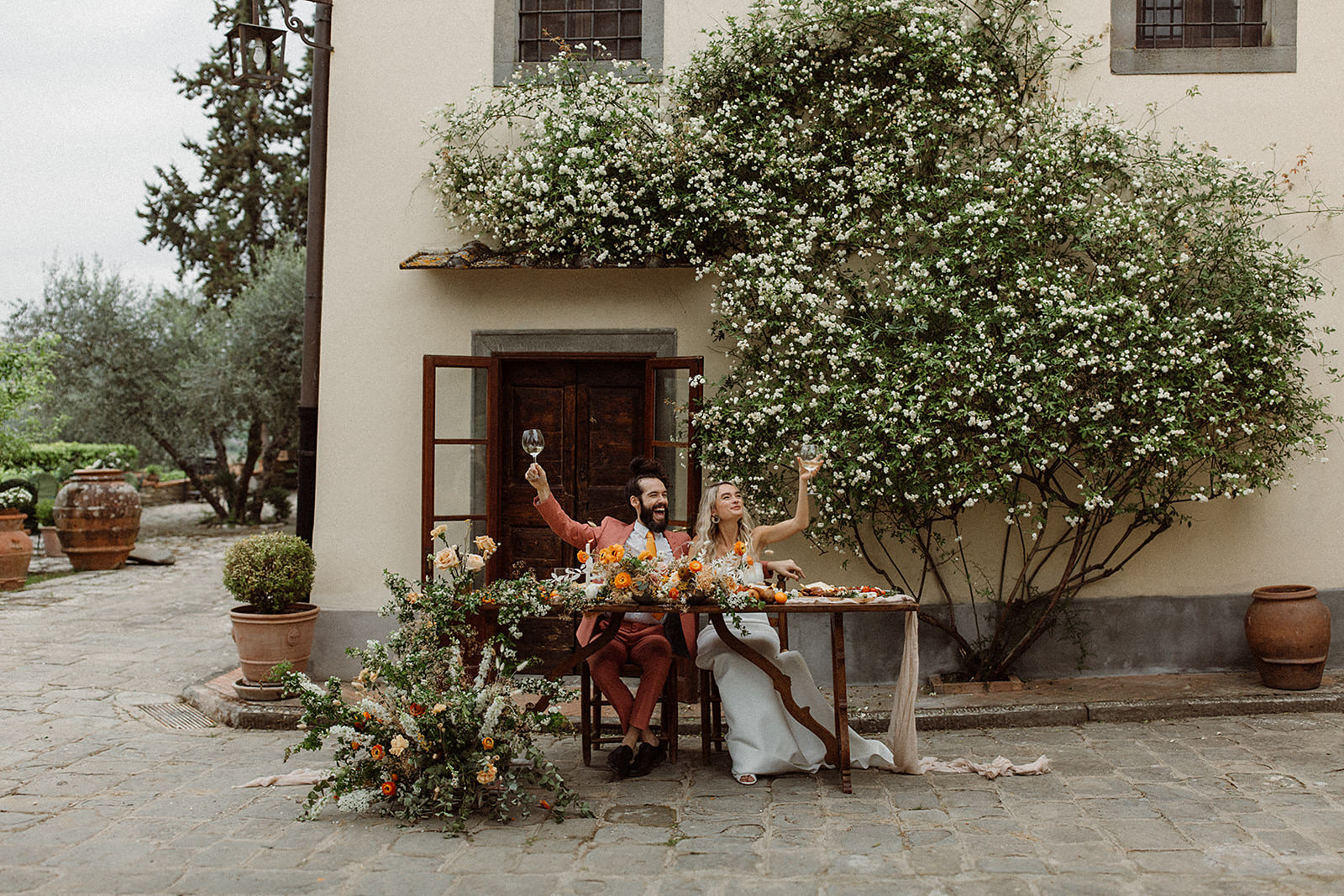
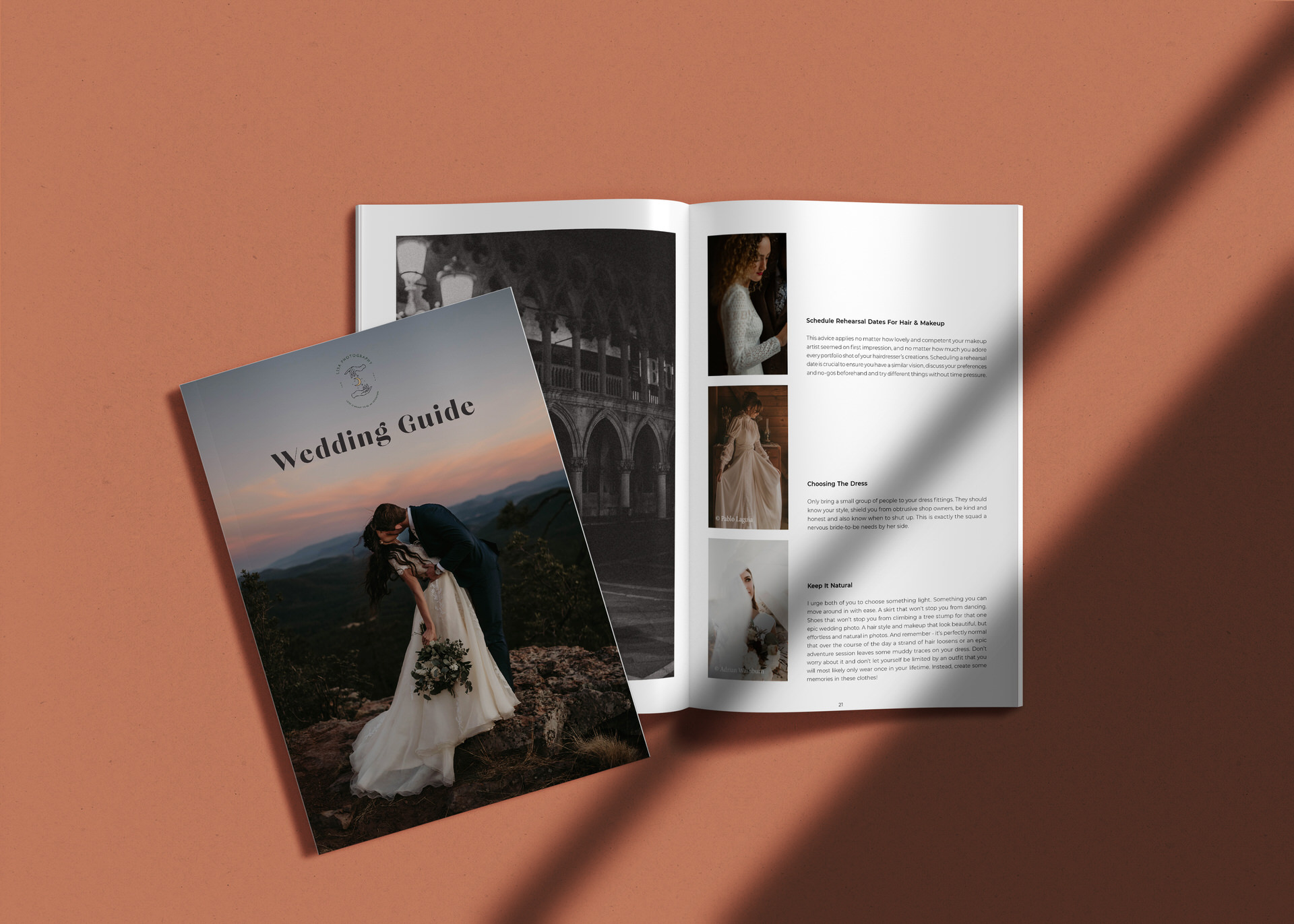
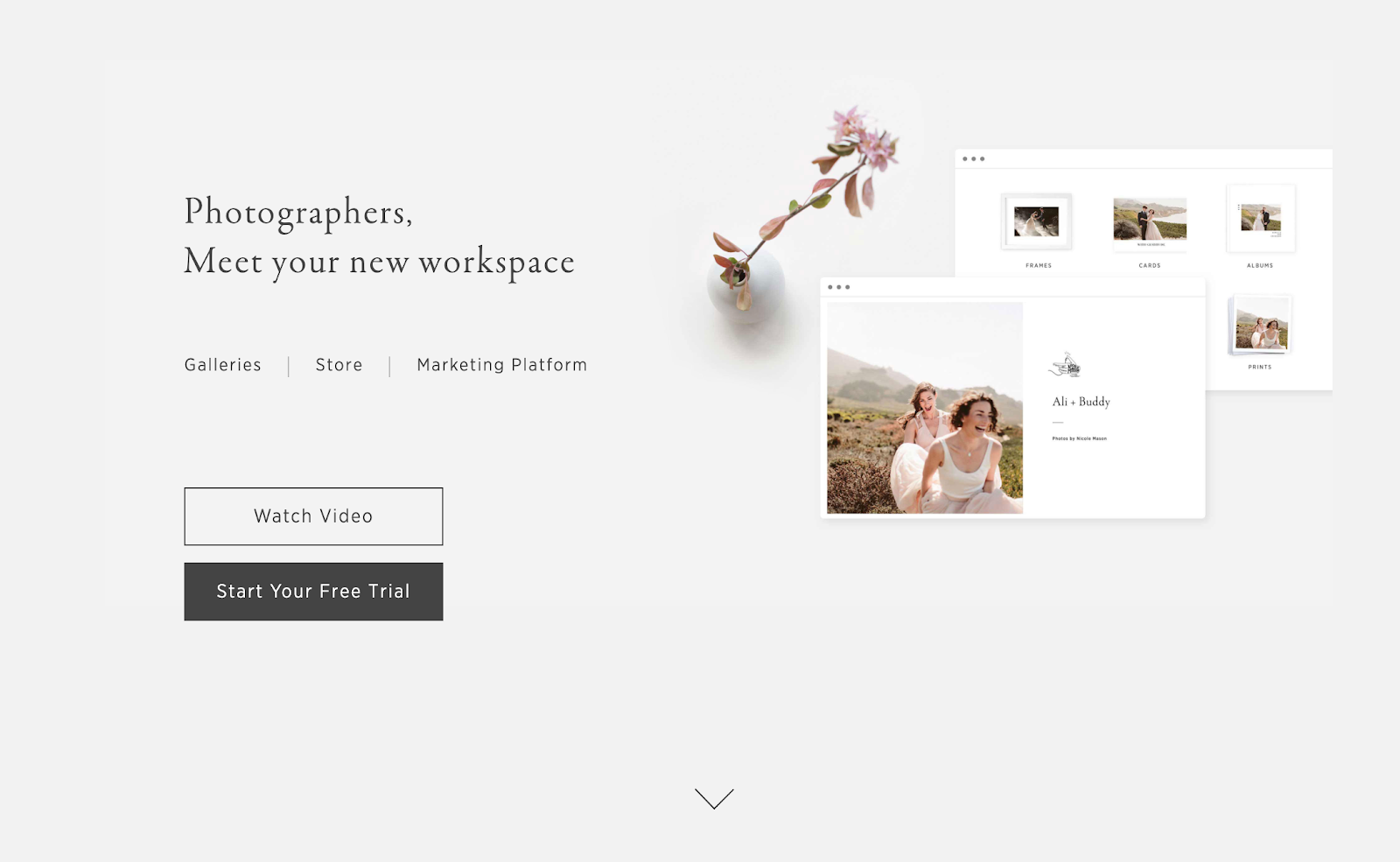

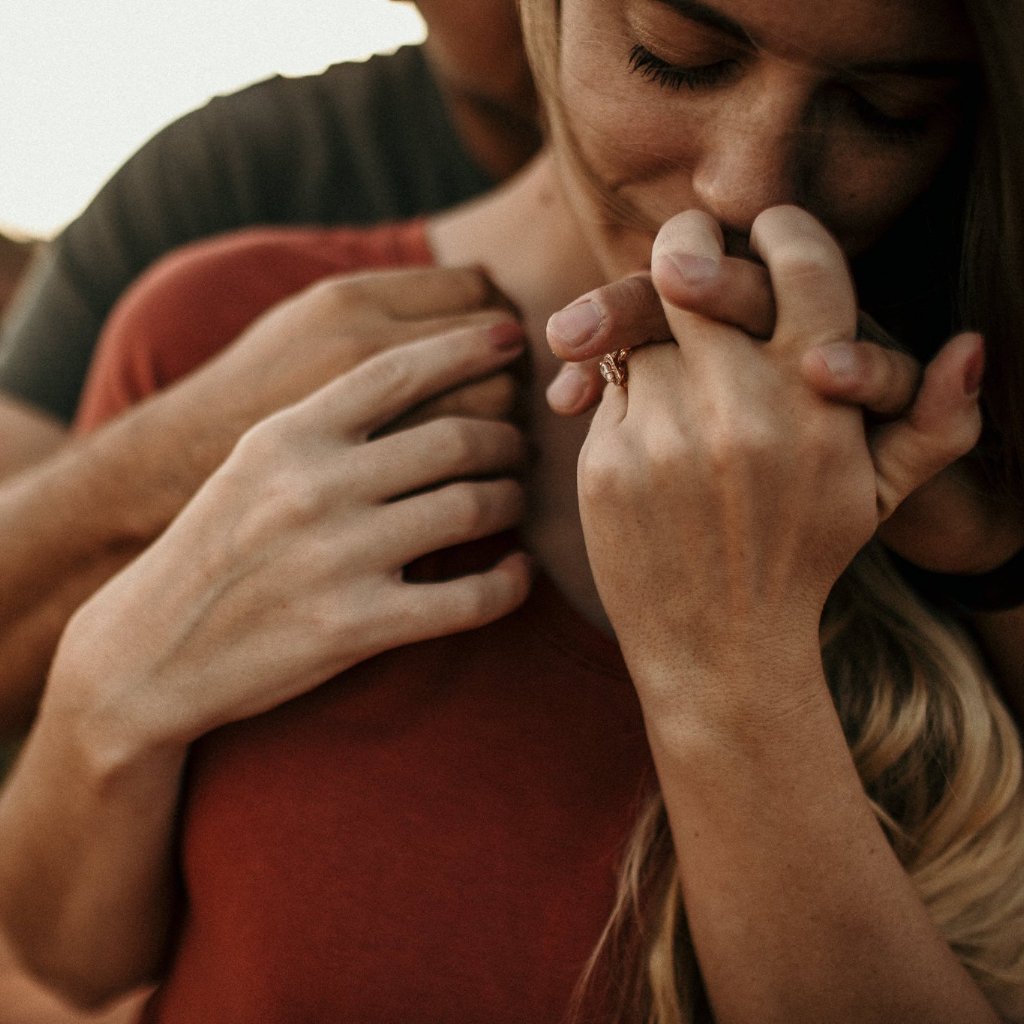




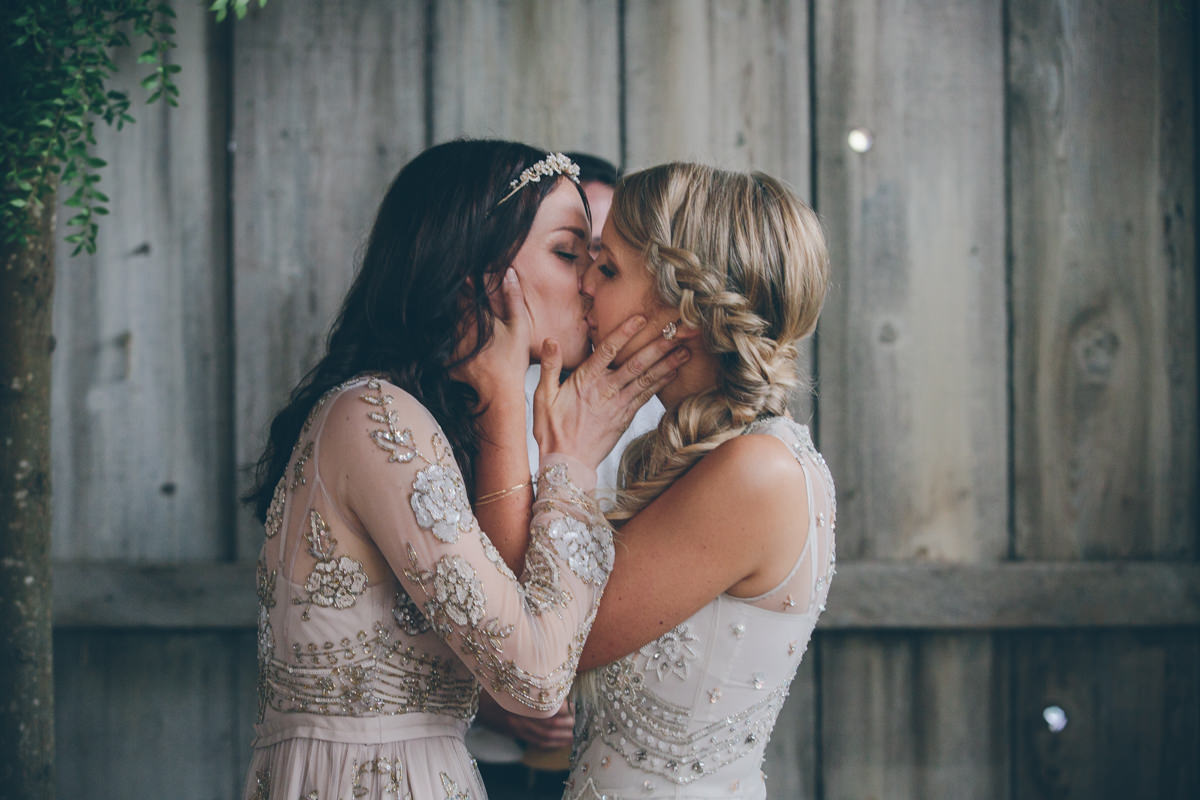
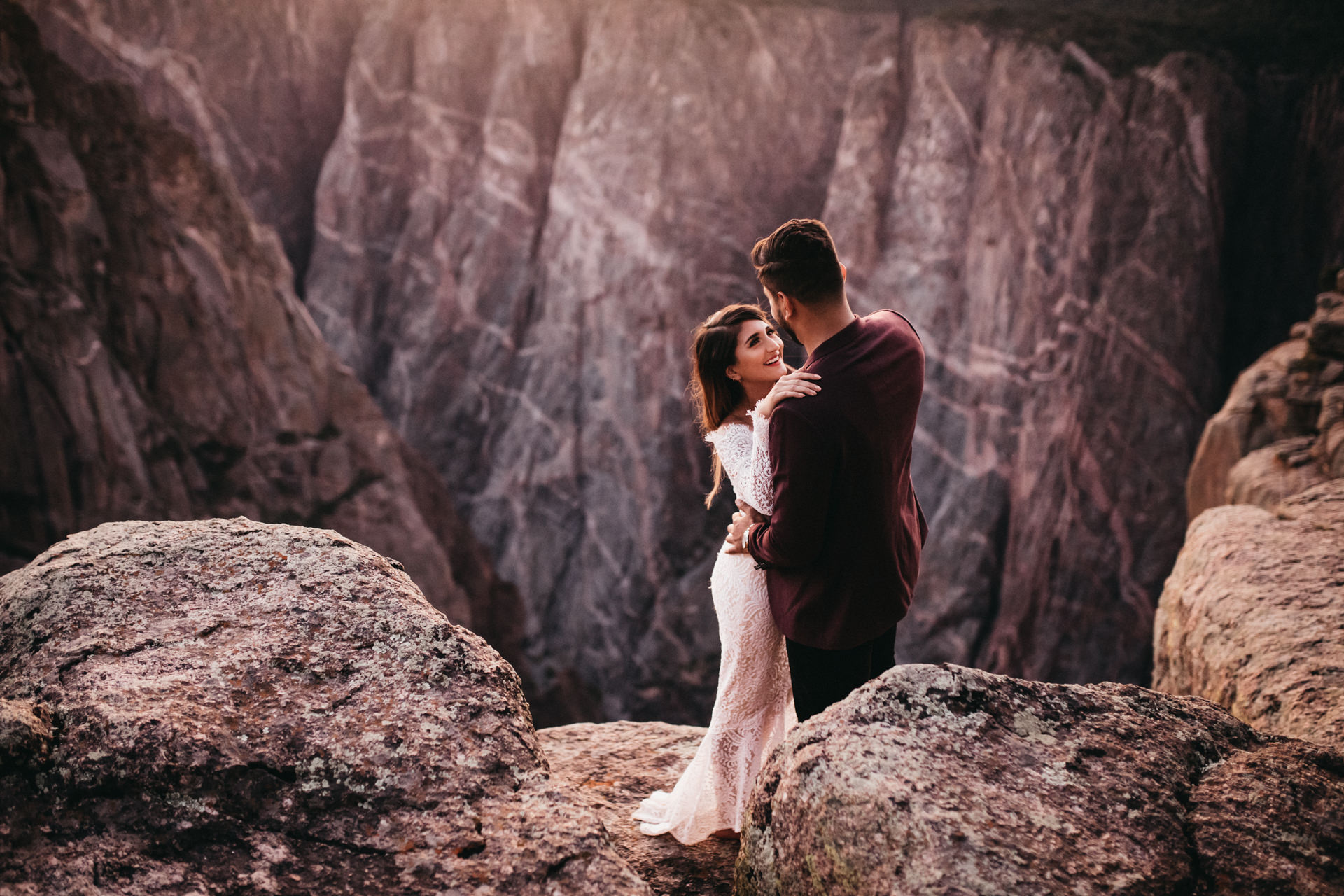
0 Comments